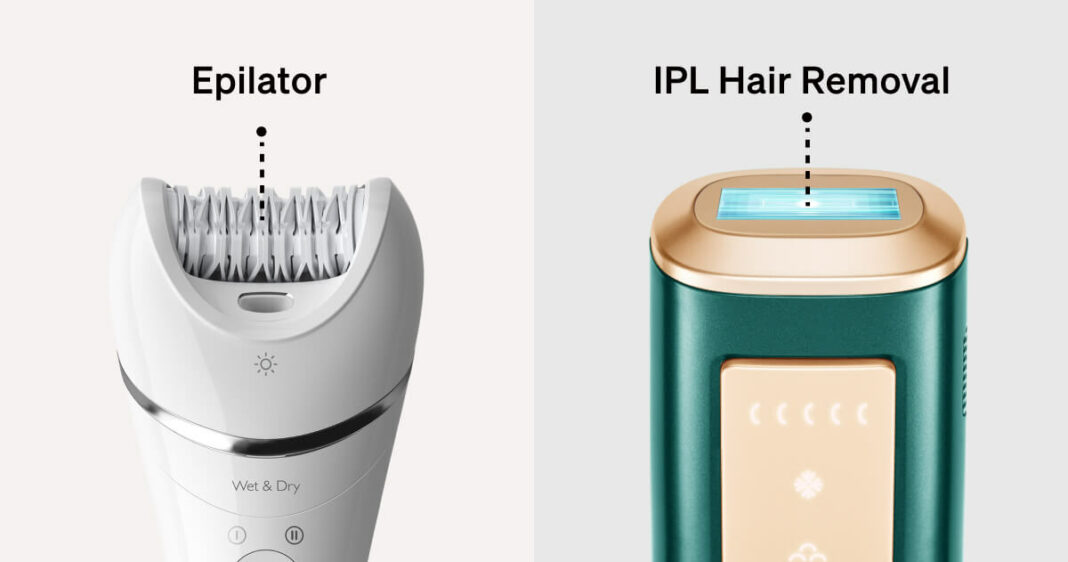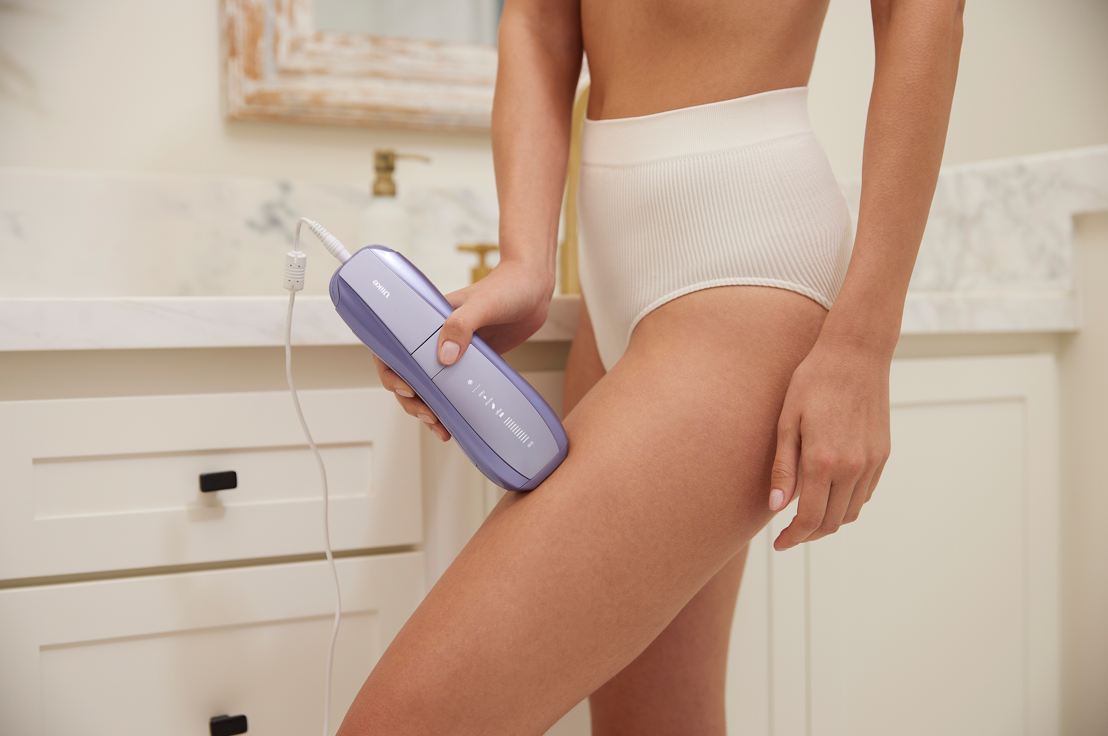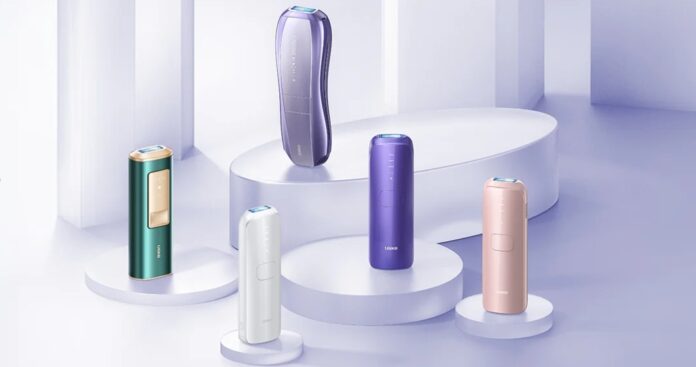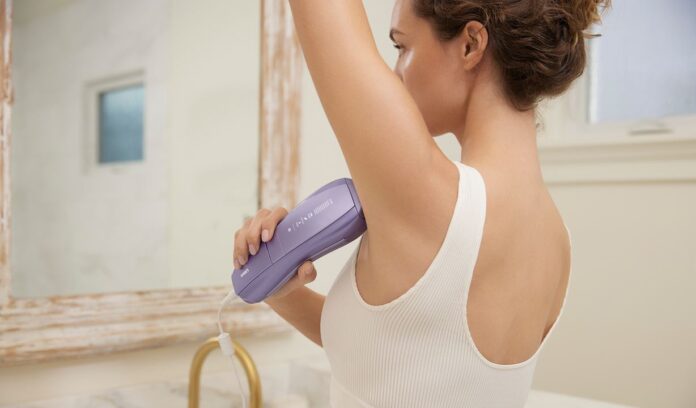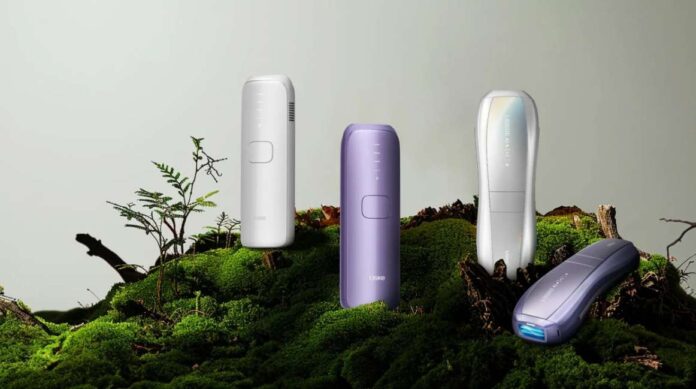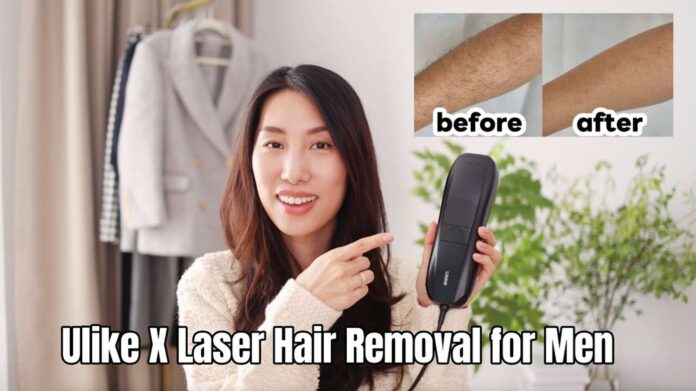Most women aim to achieve hairlessness all over their bodies except on the head and perhaps the nature-designated places on the face. In most parts of the globe, the hairy woman is less admired (if not despised) than the clean, hairless, and silky-smooth-skinned woman.
But hairlessness is not just a woman’s thing; men also struggle with achieving clean shaves on their faces, armpits, and pubic areas. Shaving with a razor is no longer a worthy choice because of its numerous downsides. Besides the possibility of a cut and bumps, the regrowth rate is tremendously high.
Therefore, those serious about eliminating objectionable hairs from their skin consider more long-lasting removal methods like epilation and lasers. These two approaches are arguably the most preferred by many, but each has its pros and cons.
Do you have a choice to make between these two hair removal methods, and are you wondering which is better? This article compares them and offers an unbiased evaluation of the strengths of each to help you decide.
Let’s consider each removal method first before comparing.
Hair Removal By Epilation
Hairs grow from roots inside follicles buried in two layers of the skin. Epilation removes or plucks these hairs directly from their roots, eliminating the likelihood of a soon regrowth. For clarity, imagine a plot of land occupied by lush vegetation. If you plan to remove the vegetation, you can cut it on the surface or uproot it.
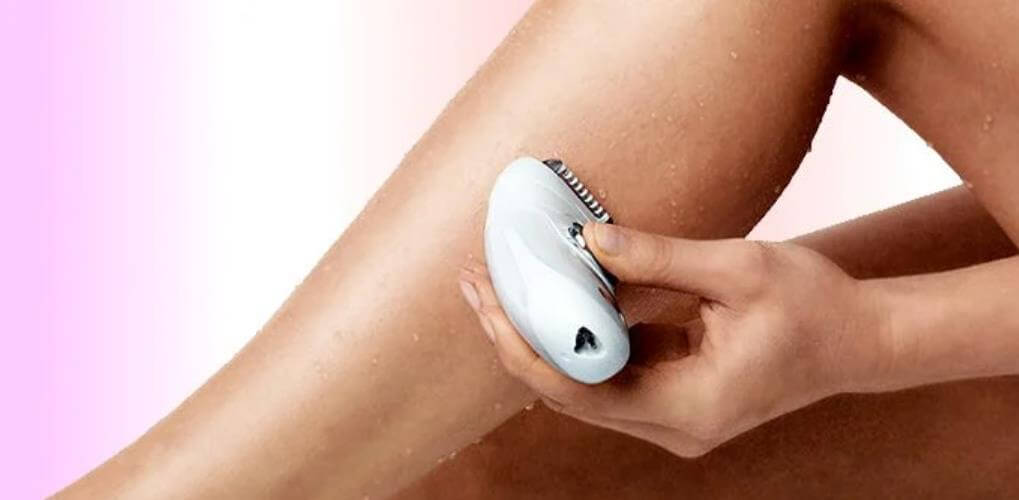
Cutting on the surface is the same as using a razor; you might have a clean shave but expect massive regrowth in three to four days. However, if you uproot every single plant on that land (which is what epilation does), you can stay for weeks before sighting another plant.
How Epilators Work
Epilators can either be dry or wet or both. The dual type is the best because you can use it with or without water. Besides, epilation is often less painful when done wet. However, it’s better to epilate dry for efficient removal and to avoid hair breakage.
Handheld and electrically operated epilators have tweezers on their heads that help hold hairs and pluck them out as they move. If your hairs are wet, they will stick more to your body, making it difficult for the machine to pick them all up effectively.
Also, it’s best to start epilating by
exfoliating your skin
to reduce the risk of developing ingrown hairs. Once you do that, try to stretch the skin part you work on to make it taut. Doing so significantly reduces pain and helps you cover many areas quickly.
Based on several
experts’ submissions
, the best angle to place the epilator is 75° to the skin, and you will have to move the device against the hair’s growth direction for effectiveness. Given the unique mechanism of removing hairs, you can not rush epilation. You have to proceed gently and slowly to minimize the risk of accidents.
Epilation does not guarantee that there won’t be a regrowth; however, regrowths are not usually as thick and quick as you have in shaving. Below are some of its benefits:
Advantages of Using an Epilator
-
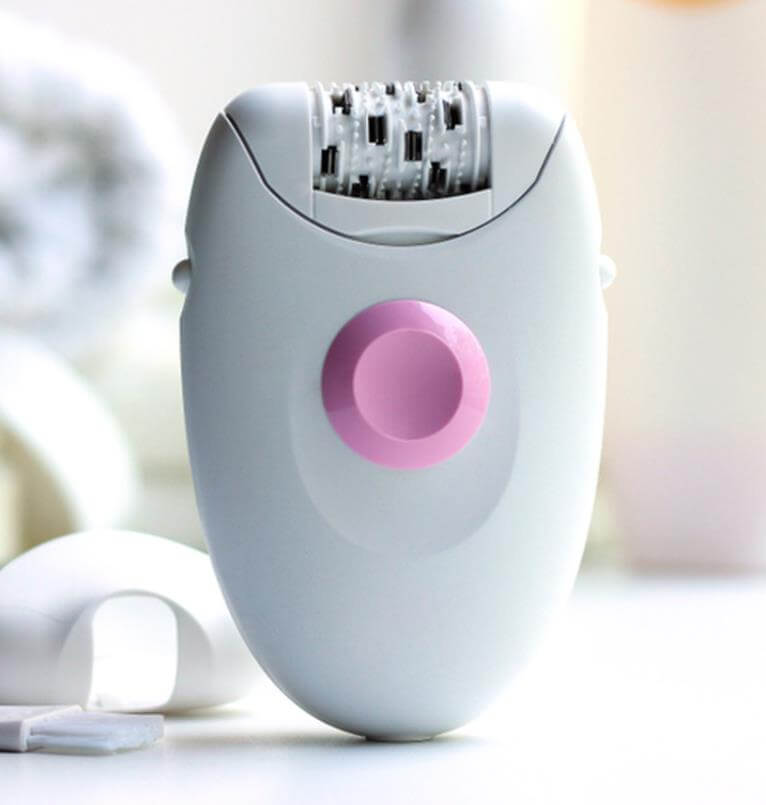
Epilators are relatively cheap and require little maintenance. Once you purchase a quality type from a trusted source, you don’t have to replace a part or do much to maintain it.
-
Epilation is faster than waxing, which works in a much similar way with it.
-
You get perfectly smooth skin for at least a month before there is a regrowth, and such skin is usually thin.
-
You can epilate by yourself because most of these devices are handheld without any technicality.
-
Epilation does well with very short, fine hairs that other methods can miss. That makes it an appropriate option for almost any part of the body.
Demerits of Hair Removal by Epilation
The main setback of epilation is the pain it causes the users. You might find the method uncomfortable if you have a low pain threshold. However, from experience, once you overcome the initial discomfort, subsequent epilation becomes more manageable and less painful.
There is also the risk of developing
ingrown hairs
when using an epilator without first exfoliating the skin. The new hair can grow back into the skin, causing painful bumps or inflammation. Exfoliation before epilating is a must to reduce this unfortunate scenario.
Finally, epilating does not guarantee long-lasting hair removal, and regular skin disturbance through this method can result in irritation.
Intense Pulsed Light (IPL) Hair Removal
Intense Pulsed Light
is another popular hair removal technique that compares favorably with epilation. However, it differs from epilation in that it doesn’t rely on the mechanical uprooting of hairs from their roots; instead, it uses lights of a broad spectrum to destroy follicles from where hairs grow.
Although it is now a popular hair removal method used by many at home, it started as a personal approach tried only by a selected few to achieve hairlessness. With the IPL technology, a small handheld device passes pulsed light to your hair roots, causing it to go into a resting phase. The result is that hairs naturally fall off your body and refuse to regrow for a long time.
How IPL Hair Removal Works
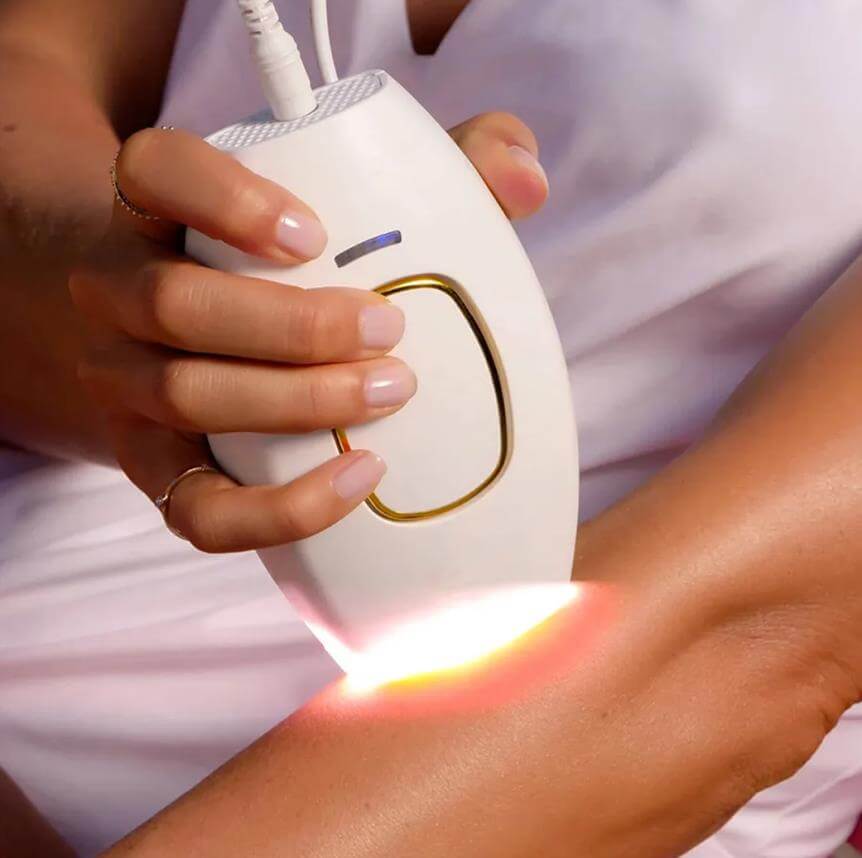
The IPL technology relies on the high concentration of melanin in the hair follicles.
Melanin
is responsible for the pigmentation or coloring of the skin, hair, and eye, and the more you have this substance in your body, the more you are pigmented. Consequently, people of color tend to have this substance more than light-skinned individuals.
Melanin absorbs polychromatic light from an IPL device, causing the hair shaft and bulb to heat up. This heating inactivates or destroys the papilla that produces hair in the follicle. This explanation shows that this process will most benefit people with high melanin content.
A successful IPL hair removal usually takes up to ten treatments spaced at least four weeks apart to eliminate all hairs from the area treated. The hairs thus removed never regrows except other follicles that were before inactive now get activated and start growing hairs. Even in that case, you can repeat the IPL process to remove such.
How to Use IPL Devices to Remove Hairs at Home
-
Begin by epilating, waxing, or shaving hairs from the focus areas. Doing this a day before the IPL approach is the best.
-
Set your IPL device to the light intensity suitable for your skin tone. Different skin tones require different light intensities, and most IPL devices come with manuals to help you with this.
-
Flash the light on each spot as instructed by the device manufacturers. In most cases, multiple flashes on the same site are not safe.
-
Wait for another two or three weeks to repeat this process; at the fourth treatment, you should be hair-free.
Also Read:
How to Use Ulike Air 3 IPL Device? (Step-by-Step)
Benefits of IPL Hair Removal Method
-
IPL is among the fastest means of removing objectionable hairs from the body without fussing about it. In less than 20 minutes, you can finish treating your leg with this method.
-
It doesn’t come with the risk of developing ingrown hairs. As such, those with susceptible skin will find it very appropriate to use.
-
IPL can be a long-lasting hair removal method to help you stop waxing, tweezing, or epilating again. Therefore, if you are searching for a hair removal method that gives you value for the money spent on it, consider IPL.
-
The technique is not painful like others. Many people only report feeling warm after flashing the light, which does not last long.
-
If you long-lastingly remove hairs from your body through IPL, you will save a great deal of time that would have gone into shaving, waxing, or even epilating.
Downsides of IPL Hair Removal
IPL depends on melanin for its removal, and short hairs contain a small portion of this substance. That means it may not be the best way to remove such melanin-starved hairs. But if you have coarse, dark, and long hairs on your body, this technology works well to remove them long-lastingly.
Another downside of IPL is the cost. In the short run, it is more expensive than most other hair removal methods. But when one considers the effectiveness in the long run, the cost is worth it. You don’t have to visit the salon often or keep waxing always; a successful IPL is enough to give you hairless skin for life.
Epilator vs. IPL: Which is Better?
Considering what both hair removal methods entail, it’s time to compare and contrast them to see which is better. For this, the table below will help.
|
|
|
|
|
|
|
Averagely priced |
Quite expensive |
Epilator |
|
|
Hairless for four weeks |
Long-lasting hairlessness |
IPL |
|
|
Immediately |
After three treatments |
Epilator |
|
|
Yes |
No |
IPL |
|
|
Fast |
Very fast |
IPL |
Verdict
From this unbiased comparison, IPL leads while the epilator follows. It is fast, nearly painless, and can result in long-lasting hairlessness that is almost impossible with an epilator. No wonder many consider it the future and present of hair removal.
Which IPL Device Should You Buy?
While a couple of brands produce IPL devices, it is better to purchase one that is FDA-cleared. FDA-cleared means that relevant bodies have examined the device and found it safe.
One FDA-cleared IPL device is the Ulike IPL Hair Removal Handset. Its design is appropriate for removing unwanted hair from any part of your body. Below are some of its benefits.
Benefits of Ulike Sapphire IPL Hair Removal Handset
-
You get a visible result with this device in just four weeks.
-
As an FDA-cleared handset, you have no peace of mind about its quality and safety.
-
It uses Sapphire cooling technology to eliminate pain or warm sensation during usage.
-
The manufacturer places a two-year warranty on it to assert its efficacy.
-
You can get your money back ninety days after purchasing it if you aren’t satisfied.
-
You can use this device on any part of your body – from your face to the bikini lines and your legs!
-
Compared to other IPL devices also cleared by the FDA, this product doesn’t stretch the pocket.
Bottom Line
Epilation isn’t outdated, but IPL is the current king of hair removal. Though not 100%, it does the job with little or no discomfort, and the price is worth considering its long-term effect.

 By Viktoria
By Viktoria
